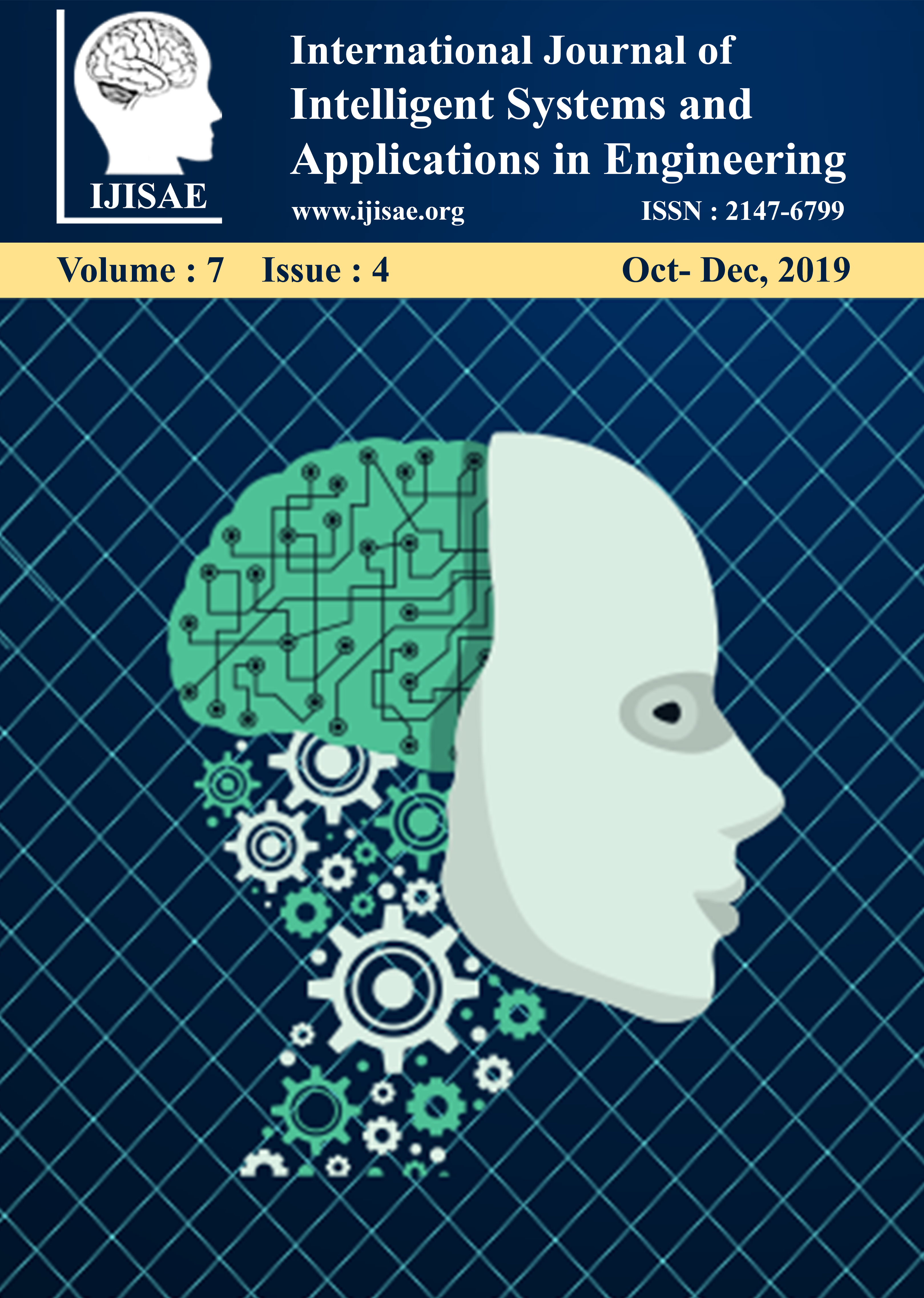Detection of Malaria Diseases with Residual Attention Network
DOI:
https://doi.org/10.18201/ijisae.2019457677Keywords:
Deep Learning, Residual Attention Network, Support Vector Machine, Malaria DiseaseAbstract
To describe a model using classic machine learning techniques for creating machine learning systems, a person who specializes in this technique needs to extract feature vectors. This period also breaks into expert time. Also, these methods could not process raw data without preprocessing and expert assistance. Deep learning has made great progress in solving problems at this point, and machine learning research has continued for many years. Unlike traditional machine learning and image processing techniques, deep networks enable learning processes using raw data. In this study, a deep learning approach for the classification and diagnosis of malaria is developed. For this purpose, Residual Attention Network (RAN) a deep learning Convolutional Neural Network (CNN) technique was used with previously classified datasets. The goal is to design computer-aided software for classifying blood cell images (blood samples) as “parasitized” or “uninfected”. In the program, a decision support system was implemented by a deep learning approach. As a result, the RAN model achieved the best ability to produce better results in processing and classification images compared to other algorithm types. RAN model’s training simulation results showed a 95.79% classification accuracy rate. Using the Support Vector Machine (SVM) obtained only 83.30% classification accuracy rate. Besides, it is evaluated that for the classification of blood cell images and diagnosis of malaria using deep learning methods can be used successfully. In addition, deep learning methods have the advantage of automatically learning features from input data and require minimal input by specialists in automated malaria diagnosis.
Downloads
Downloads
Published
How to Cite
Issue
Section
License
All papers should be submitted electronically. All submitted manuscripts must be original work that is not under submission at another journal or under consideration for publication in another form, such as a monograph or chapter of a book. Authors of submitted papers are obligated not to submit their paper for publication elsewhere until an editorial decision is rendered on their submission. Further, authors of accepted papers are prohibited from publishing the results in other publications that appear before the paper is published in the Journal unless they receive approval for doing so from the Editor-In-Chief.
IJISAE open access articles are licensed under a Creative Commons Attribution-ShareAlike 4.0 International License. This license lets the audience to give appropriate credit, provide a link to the license, and indicate if changes were made and if they remix, transform, or build upon the material, they must distribute contributions under the same license as the original.










